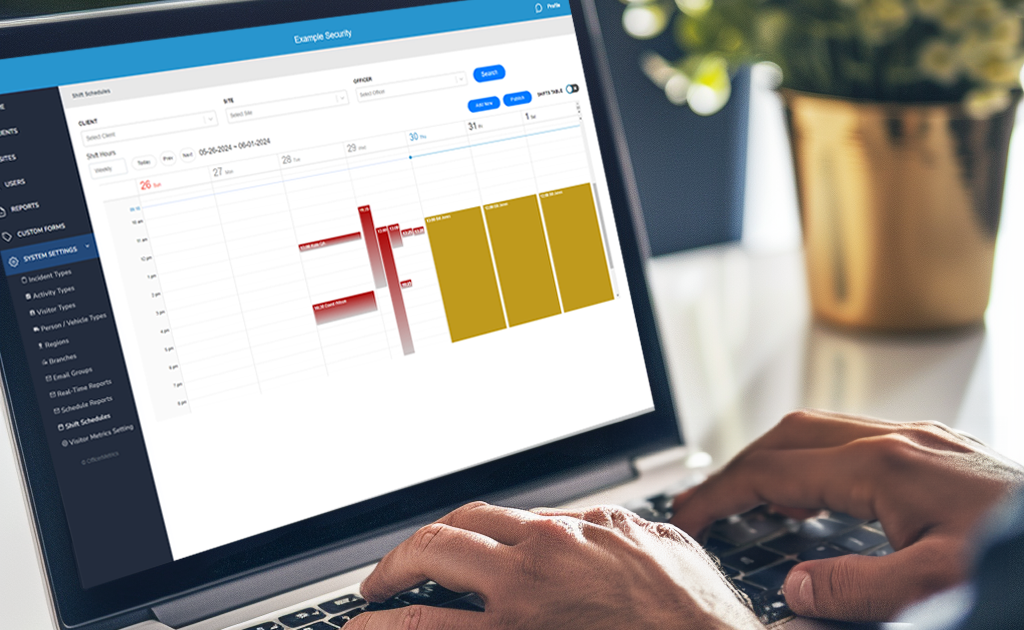Unlock Your Potential: Proven Ways To Automate Your Business Tasks
Struggling to find ways to automate your business processes? You’re not alone.
Many companies struggle with efficiently managing their workforce. Getting the right staff scheduled correctly and accurately tracking hours can feel overwhelming.
Mishandling these areas decreases productivity, increases costs, and leads to unsatisfied employees. This article explores common scheduling and time-tracking challenges businesses face. You’ll learn how innovative tools provide practical solutions to:
- Automate processes
- Boost scheduling/tracking efficiency and accuracy
- Streamline scheduling
- Ensure precise time tracking
By the end, you’ll have actionable strategies and modern tools to automate processes. This will help build a more productive, satisfied team.
Scheduling and time tracking are vital for workforce management. However, mistakes in these areas can significantly impact operations. First, let’s look at the effects of poor employee scheduling.





